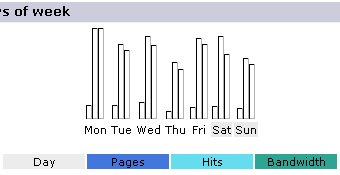The Audi Driving Experience
Believe it or not, being a member of junk-mailing lists, in particular those targeted at consumers of high-end "lifestyle" products, can be good. Being a close friend or relative of a person on those lists can be even better. This second approach has gotten me past the door of a surprising number of product launches, luxury car test drives, and top-shelf whisky tastings, usually in the company of my cousin Torm, whose tastes are somewhat better funded than my own and whose addresses are in somewhat wider circulation. But it was this October that Torm, my friend Jay Wilson, and I headed south to the Homestead Speedway to participate in the ultimate free-of-charge luxury-goods marketing event: the Audi Driving Experience. Click on the link to read more and be prepared to accept that all Audi requires from you is a driver's license and the flimsiest pretense of being richer than you actually are to stuff your head into a helmet and set you loose on a racetrack piloting several hundred thousand dollars worth of powerful machinery.


